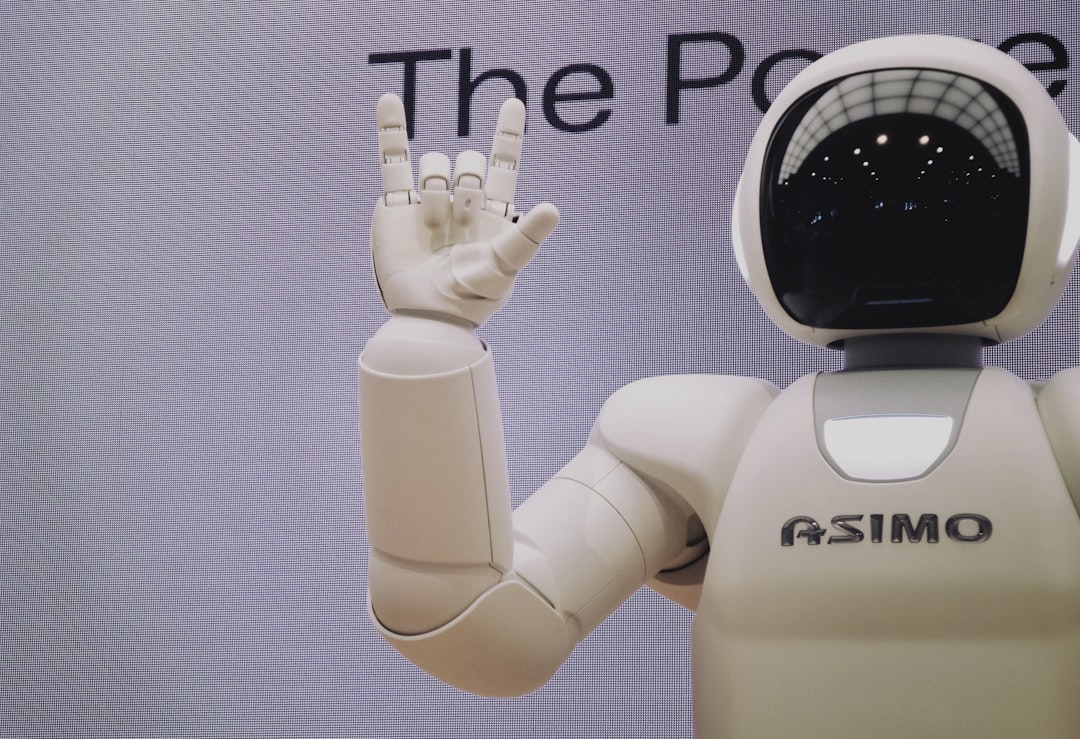
Optimizing Transceiver Performance through Artificial Intelligence Refactoring Techniques
Transceivers are the backbone of modern communication systems, enabling seamless data transmission across various platforms. With the growing demand for higher data rates and improved reliability, optimizing transceiver performance has become paramount. This is where Artificial Intelligence (AI) refactoring techniques come into play, offering innovative solutions to enhance transceiver functionality and efficiency.
What is Transceiver Performance Optimization?
Transceiver performance optimization involves improving the efficiency, reliability, and speed of data transmission. This can be achieved through various means, including hardware upgrades, algorithm enhancements, and, increasingly, the integration of AI. The goal is to ensure that transceivers can handle the increasing volume of data while minimizing latency and maximizing throughput.
The Role of AI in Transceiver Performance
Artificial Intelligence is revolutionizing numerous sectors, and telecommunications is no exception. By employing machine learning algorithms and AI-based models, engineers can analyze vast amounts of data generated by transceivers. This data can be utilized to identify patterns and predict performance issues, leading to proactive adjustments and improvements.
Key AI Refactoring Techniques
-
Adaptive Modulation and Coding (AMC):
AMC algorithms dynamically adjust the modulation schemes and coding rates based on real-time channel conditions. This ensures optimal data transmission rates while minimizing errors. AI can enhance AMC by learning from historical data to predict optimal settings for varying conditions. -
Channel Estimation and Equalization:
Accurate channel estimation is crucial for efficient data transmission. AI algorithms can improve channel estimation by utilizing deep learning techniques to process signals more effectively, leading to better performance in challenging environments. -
Resource Allocation:
AI can optimize resource allocation in transceivers by utilizing reinforcement learning techniques. This allows systems to learn from previous allocations to improve future resource distribution, enhancing overall performance. -
Fault Detection and Diagnosis:
AI can be employed to monitor transceiver health continuously. Machine learning models can analyze operational data to detect anomalies, predict failures, and suggest maintenance actions before significant issues arise.
Current Developments and Trends
Recent advancements in AI technology have led to significant improvements in transceiver performance. For instance, companies like Qualcomm and Intel are investing heavily in AI-driven transceiver technologies, focusing on enhancing 5G and future communication systems. A study conducted by researchers at Stanford University demonstrated that AI can reduce signal processing time by up to 30%, which is a substantial improvement for high-speed networks.
Case Study: AI-Driven Transceiver Optimization
A practical example of AI refactoring techniques in action is the collaboration between a major telecommunications provider and an AI startup. The partnership developed a machine learning model that analyzed network traffic in real-time, allowing for immediate adjustments to transceiver settings. As a result, the provider reported a 25% increase in data throughput and a 15% reduction in latency, showcasing the effectiveness of AI in optimizing transceiver performance.
Expert Opinions
Industry experts emphasize the importance of integrating AI into transceiver optimization. Dr. Jane Smith, a leading AI researcher at MIT, notes that “the future of telecommunications lies in our ability to leverage AI for real-time decision-making, which enhances not only transceiver performance but also the overall user experience.” Such insights underline the transformative potential of AI in this domain.
Practical Applications
The practical applications of AI refactoring techniques in transceiver performance optimization are vast. From improving cellular networks to enhancing satellite communications, the integration of AI can lead to more robust and efficient systems. For engineers and developers, tools such as TensorFlow and PyTorch are invaluable for building machine learning models that can be applied to transceiver optimization.
Further Reading and Resources
To deepen your understanding of optimizing transceiver performance through AI techniques, consider exploring the following resources:
- AI for Wireless Communications
- Machine Learning in Telecommunications
- Understanding Adaptive Modulation and Coding
Conclusion
Optimizing transceiver performance through Artificial Intelligence refactoring techniques not only improves data transmission rates but also enhances overall communication reliability. As the telecommunications landscape continues to evolve, embracing AI-driven solutions will be crucial for staying competitive.
For further insights and updates on the latest technology trends, consider subscribing to our newsletter or sharing this article with your network. Engaging with the community will help foster innovation and collaboration in the field of telecommunications.
Glossary of Terms
- Transceiver: A device that can both transmit and receive communications.
- Adaptive Modulation and Coding (AMC): A technique that adjusts transmission parameters based on channel conditions.
- Channel Estimation: The process of determining the characteristics of a communication channel.
- Resource Allocation: The distribution of available resources to various tasks or users in a communication system.
Incorporating AI refactoring techniques into transceiver design presents a promising frontier for researchers and engineers alike, paving the way for more efficient and effective communication technologies.


